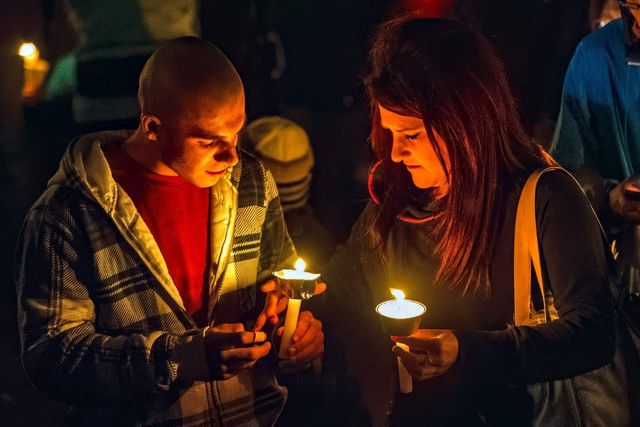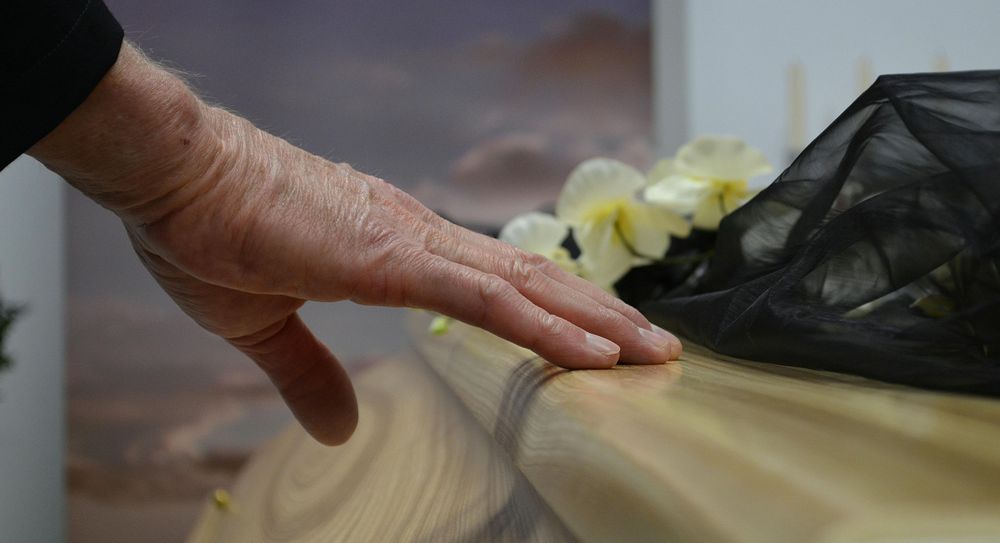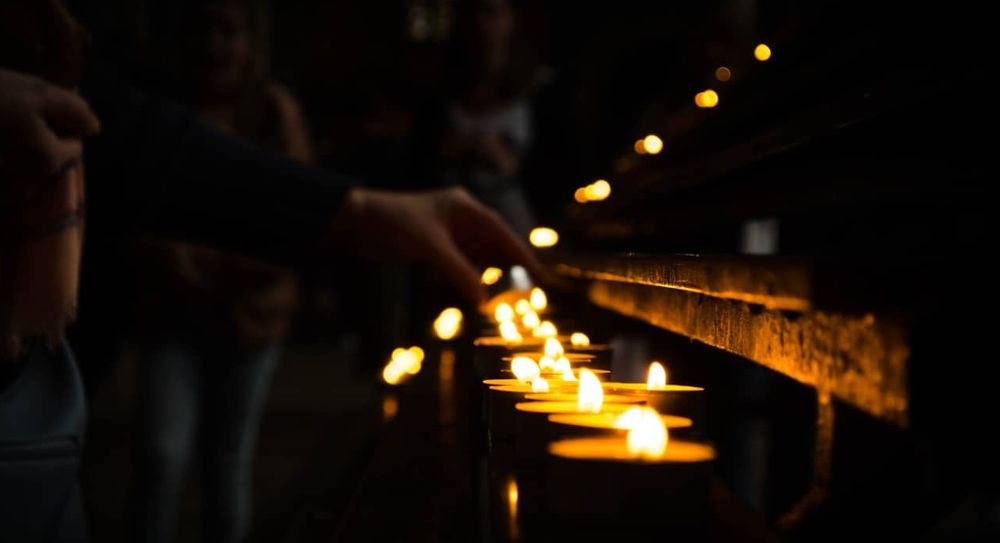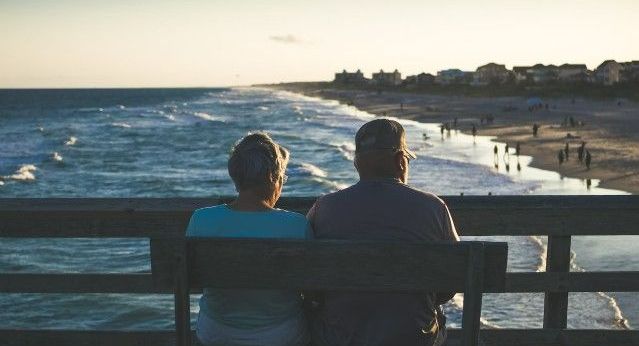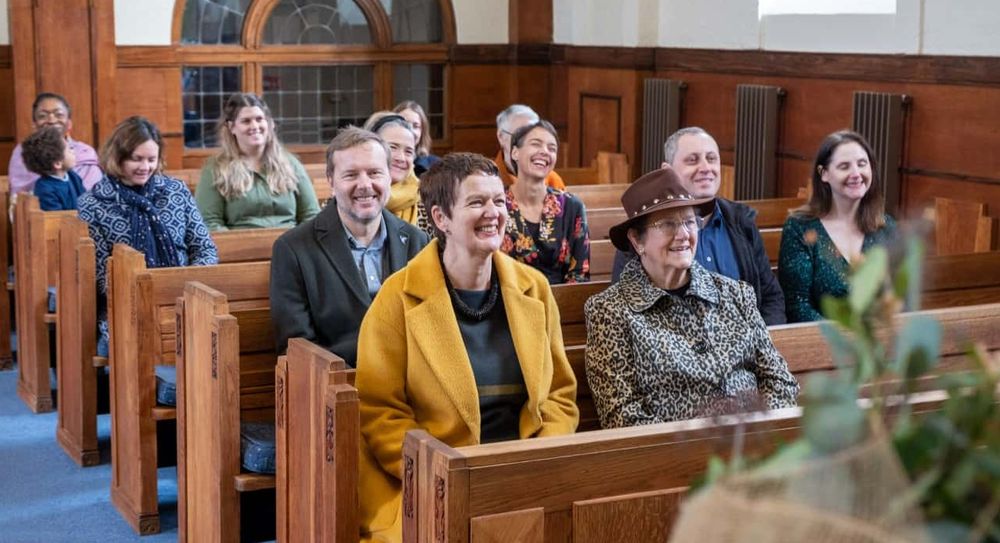A vigil is a way to show respect for a person who has died or is dying. It’s a time when people come together to be with the person in their last moments or in the first few days after they’ve died. They might read prayers and share memories, or simply say nothing at all. It’s sometimes called standing vigil or holding vigil.
Types of vigil
There are different ways to hold a vigil. Often they take place after someone has died but sometimes they happen when someone is dying. These are the most common types of vigil:
- Private vigil. This is when family sit up with the body of someone who has recently died. This usually takes place at home or in a chapel of rest.
- Public vigil. This is when many people get together in a public place to remember someone who has died. This often involves speeches, songs or lighting candles and can be a lot like a memorial service. This type of vigil is usually held to remember someone famous or well-regarded by their community.
- For someone who is terminally ill. This is when family sit with someone who is dying so that they’re with them in their last moments. This could be in a hospital, a hospice or at home.
How long does a vigil last?
Vigils can last a few hours or a few days. It’s not unusual for people to sit up through the night before a funeral. In Judaism, for example, watching over the body of someone who has died is known as shemira, which means “watching” or “guarding”. In Jewish tradition, people were expected to guard and protect the body until the funeral could take place.
Who can go to a vigil?
If the vigil is in someone’s home or in a chapel of rest, it’s usually only close family and friends who will attend. For vigils that take place in public, anyone can join in. If in doubt, you can always ask the person who’s organising it.
For some very formal funerals, such as state funerals, there are rules about who should stand vigil. For example, the Vigil of the Princes is a specific part of a royal funeral ceremony in the UK. As part of this, the king or queen’s children and grandchildren must stand vigil over the coffin. Traditionally, only male royals took part in the Vigil of the Princes. But when Queen Elizabeth II died, her daughter Anne, Princess Royal, as well as her 4 granddaughters, all stood vigil.
How to organise a vigil
If you want to sit and spend time with someone who has died:
- You can do this at home if you’d like to – you don’t need to move their body straight away, although you do need to get a doctor to certify the death. Learn more about what to do when someone dies.
- You can hold a vigil at a chapel of rest – this is at the funeral home. You’ll need to arrange this in advance so that the funeral director can prepare the room for your visit. Learn more about the chapel of rest.
If you want to organise a public vigil, you’ll usually need to get permission from your local council to hold a large event.
What to wear to a vigil
There aren’t any rules about what to wear for a vigil. If you’re holding vigil in your home or in a chapel of rest, these tend to be informal gatherings, so wearing casual but comfortable clothing should be fine. If you’re going to a public vigil you might want to wear smart clothes in dark colours as a mark of respect.
If you’re not sure what to wear, speak with the person who’s organising the vigil. And if you’re in any doubt, choosing smart casual clothes in dark colours is usually a safe option.
Photo by Andre Ouellet on Unsplash

